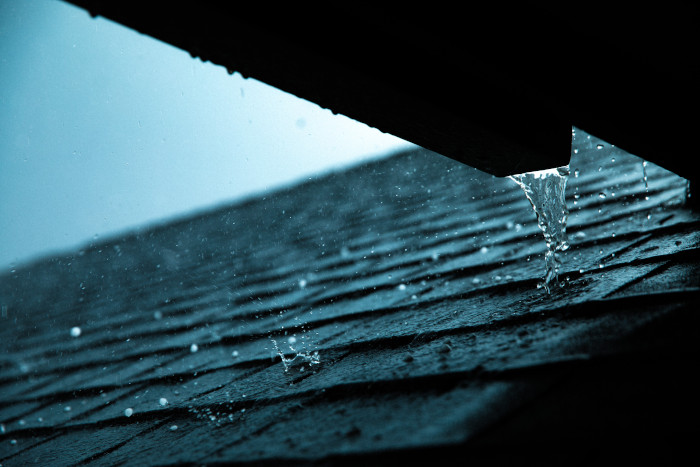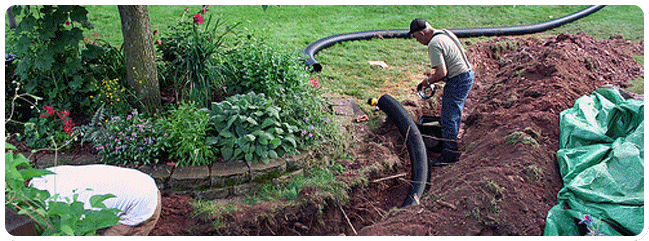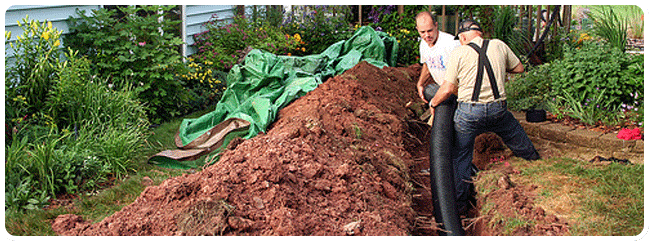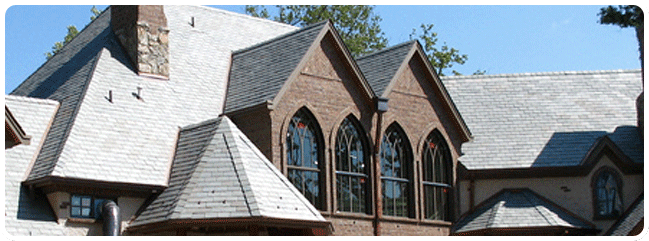Composite shingles are a great option for anyone looking to replace their roof. They come in a variety of colors and styles, and they’re tougher than traditional shingles. In this guide, we’ll walk you through the basics of composite shingles so you can decide if they’re the right choice for your home.

What are composite roof shingles?
Although each manufacturer has its own formulations, many composite roofing shingles incorporate recycled rubber and plastics into the mix. All include polymers for strength as well as inhibitors to counteract the effects of ultraviolet radiation. The results are long-lasting products that can withstand high winds, hail, and the ravages of intense sunlight.
They can be molded to look like natural slate, wood shakes, or traditional Spanish clay tiles. The look is so realistic that some slate lookalikes have chisel marks, and those that mimic wood shakes feature deep graining patterns. It is difficult to tell them apart from the real thing, especially when viewing them on a roof from the ground. Some of the generic names used for these products include synthetic slate, synthetic shakes, plastic shingles, and more. Source: Hunker
Advantages
– Color Options: Like vinyl roofing shingles, composite shingles come in a variety of colors and styles. They can fit almost every aesthetic you want.
– Impact Rating: These shingles have a Class 4 impact rating, so they stand up to high winds, along with heavy rain and hail damage, well. They’re also fabricated to resist fires, moisture and pests.
– Lower Environmental Impacts: As mentioned, some composite roof shingles are made entirely from recycled materials. Additionally, the shingles themselves are often recyclable.
– Lightweight: Composite shingles weigh about as much as asphalt shingles do. They’re easy to handle and don’t require any extra roof bracing.
– Cost-Effectiveness: At face value, these shingles are more expensive than asphalt ($450 per square compared to $150 per square, though costs vary by location). However, when you consider their long lifetime and low required maintenance, they’re often the most cost-effective long-term option. Source: TodaysHomeowner
Disadvantages
There are two primary complaints about this type of roofing. First, even though they are made to replicate the look of more expensive roofing like tile and slate, once installed their thin nature and shiny finish can make it easy to indicate that they are indeed plastic. Secondly, polypropylene, a highly fragile material found in most plastic shingles makes them highly vulnerable to cracking and breakage during the winter. In general, plastic shingles are not a great choice for very cold climates.
It is also important to note that different shingles have varying levels of fire resistance. Make sure to invest in a product that has a Class A fire proof designation for your home. Source: Modernize
Get guidance and expert advice from roofing professionals you can trust! Call us today.
Contact:
Kerrisdale Roofing & Drains Ltd.
168 W 71st Ave, Vancouver, BC V5X 4S7
(604) 360-2114



















